Buckle up, folks! We’re going on a wild adventure through the world of rocks. Not just any rocks, mind you, but these awesome clastic sedimentary rocks. These rocks are made up of pieces of other rocks and minerals that have been broken down and put back together by wind, water, and other forces of nature. They’re like time capsules, holding secrets to our planet’s past and future. Get ready to explore these fascinating rocks, learn about their different types, and discover how they play a vital role in our understanding of Earth’s history and resources.
Clastic Sedimentary Rocks: Nature’s Storytellers
Imagine walking through a park and uncovering a collection of ancient artifacts. These sedimentary rocks, like tiny time capsules, hold clues about the geological history of our planet. They’re made of broken-down bits of other rocks, carried and deposited by the forces of nature over millions of years.
How Clastic Sedimentary Rocks Are Formed
These rocks begin as bits and pieces of rock from other places. Maybe a river carried them away from their original location or glaciers ground them down. As these fragments travel, they bump into each other and break down even further. Eventually, they settle into a new location, piling up and compressing until they’re cemented together.
Different Types of Clastic Sedimentary Rocks
The size and shape of these tiny fragments, called clasts, tell us about the environment they formed in. If the river flowed quickly, carrying large boulders, the resulting rock will have big, rounded clasts. If the river slowed down, the clasts will be smaller and more sorted, indicating a calmer environment.
- Conglomerate: A rock with large, rounded clasts.
- Breccia: A rock with large, angular clasts.
- Sandstone: A rock with sand-sized clasts.
- Siltstone: A rock with silt-sized clasts.
- Claystone: A rock with clay-sized clasts.
Table: Clastic Sedimentary Rock Types
| Rock Type | Clast Size | Clast Shape |
|---|---|---|
| Conglomerate | >2 mm | Rounded |
| Breccia | >2 mm | Angular |
| Sandstone | 0.0625-2 mm | N/A |
| Siltstone | 0.004-0.0625 mm | N/A |
| Claystone | <0.004 mm | N/A |
Importance and Applications
Clastic sedimentary rocks aren’t just fascinating pieces of geological history; they’re also incredibly valuable. They form reservoirs for oil and gas, which power our world. Understanding their properties and distribution is essential for finding and extracting these important resources.
So, the next time you stumble upon a pile of rocks, take a closer look. They might just be the key to unlocking the secrets of our planet’s past and the foundation for our energy future.
Unlock the secrets of rock formation by delving into the fascinating processes of Weathering and erosion processes that sculpt the Earth’s surface. Explore the mechanisms that transport and deposit sediments, shaping our landscapes. Discover the chemical and physical transformations that occur during Diagenesis and lithification, turning loose sediments into solid rocks. Learn to decipher the hidden stories of Sedimentary facies and sequences, revealing past environments and geological events. Uncover the origins of clastic sediments through Provenance analysis of clastic sediments, tracing their journey from source to deposition. Discover the economic significance of clastic rocks, which provide valuable resources such as oil, gas, and building materials. Navigate the diverse classification systems for Clastic rock classification systems, understanding the characteristics that define different types of sedimentary rocks. Investigate the Texture and composition of clastic sedimentary rocks, uncovering the secrets of their grain size, mineralogy, and sedimentary structures. Uncover the intriguing world of Clastic dikes and other soft-sediment deformation structures, providing insights into past tectonic and depositional processes. Finally, learn how to decipher Paleocurrent indicators in clastic rocks, revealing the ancient flow directions of sediment-laden currents and reconstructing past environments.
How are Clastic Sedimentary Rocks Formed?
Imagine you have an old house, and you decide to tear it down. All those broken pieces of wood, bricks, and other materials are like the ingredients for creating a new kind of rock—clastic sedimentary rock.
These rocks form when bits of old rocks, minerals, or even plants and animals are worn down by the elements, like wind or rain, and then carried away by water, wind, or ice. After a wild ride, these tiny pieces settle down in a new location, piling up on top of each other like a stack of pancakes.
But hold on, it’s not over yet! The pancakes get squished together, like when you step on a sponge, and a special glue-like substance fills the spaces between them, making them into rock-solid pancakes.
The Magical Ingredients
Clastic sedimentary rocks come in different flavors, just like pancakes made with different batters. The size of the particles determines the type of rock:
| Rock Type | Particle Size |
|---|---|
| Conglomerate | Pebbles and boulders |
| Breccia | Angular broken pieces |
| Sandstone | Sand grains |
| Siltstone | Silt particles |
| Shale | Clay particles |
So, there you have it! Clastic sedimentary rocks are like a mix-and-match game of nature, with the ingredients being broken-down pieces of old rocks, the glue being minerals, and the chef being the forces of nature.
What are the different types of clastic sedimentary rocks?
Picture this: you’re out for a hike and stumble upon a path covered with tiny pebbles glued together. That’s a conglomerate! But if the pebbles are all jagged and sharp, it’s a breccia. Not far away, you notice a pile of sand that’s been squished into a solid lump—that’s sandstone. And that soft, fine-grained rock you’re standing on? That’s shale.
These are all clastic sedimentary rocks, formed when broken bits of rocks and minerals are glued together by nature. They’re classified according to the size of their grains.
Let’s dive into the different types:
Conglomerate: This rock is packed with rounded gravels, like a bunch of BBs stuck together. Imagine a fast-moving river or crashing waves on a beach smashing rocks into smaller pieces that eventually settle down and fuse.
Breccia: Just like conglomerate, but with sharp, jagged gravels instead of smooth ones. These rocks form when a powerful force like an earthquake or volcanic eruption breaks rocks apart, and then nature’s cement seeps in and holds them together.
Sandstone: This one is made of grains of sand that have been compressed over time. Picture a lazy river or a calm beach where sand gathers and gets squashed into a solid lump.
Siltstone: A bit finer than sandstone, siltstone is made of slightly smaller grains. Imagine a tranquil lake or a wide floodplain where silt settles and gets compressed.
Shale: The finest of the bunch, shale is composed of tiny clay grains. It forms in places where water is calm and slow-moving, like lakes or floodplains.
In a nutshell:
- Clastic sedimentary rocks are made from broken bits of rocks and minerals.
- Their type depends on the size of the grains they’re made of.
- Conglomerate has big, rounded gravels.
- Breccia has sharp, jagged gravels.
- Sandstone is made of sand grains.
- Siltstone is made of silt grains.
- Shale is made of clay grains.
Hope this helps you rock your knowledge of sedimentary rocks!
Where are Clastic Sedimentary Rocks Found?
Imagine you’re taking a leisurely stroll along a riverbank, gazing at the rippling waters. As you look at the sediment swirling beneath the surface, you might not think much about it. But did you know that these tiny bits of sand, silt, and gravel could eventually become the foundation of a whole new rock formation?
Clastic sedimentary rocks are like time capsules, capturing the secrets of ancient landscapes and environments. They form when sediment particles, carried by rivers, waves, or wind, are deposited and piled up in layers, eventually transforming into hard and durable rocks.
These fascinating rocks aren’t just limited to riverbeds. They can pop up in various spots where sediment tends to gather and settle. Here are some common hangouts for clastic sedimentary rocks:
Riverside Hangouts: Rivers are busy sediment transporters. As they flow, they pick up bits of rock, sand, and mud and carry them downstream. When a river slows down, like when it enters a floodplain or delta, it drops its sediment load, forming layers of clastic rocks.
Lakeside Retreats: Similar to rivers, lakes also collect sediment as they trap particles carried by streams or erosion. Over time, these particles sink to the bottom, forming layers of lake-deposited clastic rocks.
Coastal Escapes: Waves and currents can be just as effective at transporting sediment as rivers. Along shorelines and shallow marine environments, these water bodies dump their loads, creating coastal clastic sedimentary rocks.
Desert Oasis: Even in the dry and unforgiving desert, sediment can accumulate. Windblown sand can pile up, creating dunes and other sandy deposits that eventually lithify into clastic sedimentary rocks.
Glacial Getaway: Glaciers, like giant ice rivers, can also transport and deposit sediment. As they advance and retreat, they leave behind layers of glacial clastic rocks.
Lithification Lounge: Once sediment is deposited, it undergoes a transformation known as lithification. This process involves compaction, chemical reactions, and cementation, where minerals fill the spaces between the sediment particles, binding them together and creating hard, solid rock.
So, next time you’re out exploring nature, keep an eye out for these telltale signs of clastic sedimentary rocks. Whether it’s the sandstone cliffs along a riverbank, the mudstone beds in a lake, or the conglomerate outcrops on a desert dune, these rocks hold ancient stories of the forces that shaped our planet.
FAQ
Q1: What are clastic sedimentary rocks?
A1: Clastic sedimentary rocks are composed of fragments of pre-existing rocks or minerals that have been transported and deposited by various geological processes, such as water, wind, or ice. They are formed through the accumulation and lithification of these fragments, which can range in size from microscopic clay particles to large boulders.
Q2: How are clastic sedimentary rocks formed?
A2: Clastic sedimentary rocks are formed when pre-existing rocks are weathered and broken down into fragments. These fragments are then transported by water, wind, or ice to a new location, where they accumulate and become buried. Over time, the weight of the overlying sediment compacts the fragments and cements them together, forming solid rock.
Q3: What are the different types of clastic sedimentary rocks?
A3: Clastic sedimentary rocks are classified based on the size of their constituent fragments. The main types include:
- Conglomerate: Composed of large, rounded fragments called clasts.
- Breccia: Similar to conglomerate, but with angular or broken clasts.
- Sandstone: Composed of sand-sized grains, which are typically quartz or feldspar minerals.
- Siltstone: Composed of silt-sized grains, which are smaller than sand grains.
- Shale: Composed of clay-sized grains, which are very fine and often form fissile layers.
Q4: Where are clastic sedimentary rocks found?
A4: Clastic sedimentary rocks are found in a variety of geological environments, including riverbeds, deltas, beaches, and deep-sea basins. They can also be found in ancient mountain belts and other areas that have been subjected to erosion and deposition.
Q5: What is the importance of clastic sedimentary rocks?
A5: Clastic sedimentary rocks play several important roles:
- Economic resources: They can contain valuable minerals and fossil fuels, such as coal, oil, and natural gas.
- Environmental indicators: They can provide insights into past climates and environmental conditions.
- Geological history: They can help geologists understand the processes that have shaped the Earth’s surface over time.
- Star Ring Trends: Etsy vs Amazon - March 28, 2025
- Boost Pollinator Habitats: Baby Blue Eyes Sustainable Farming Guide - March 28, 2025
- Protect Big Black Bears: Effective Conservation Strategies - March 28, 2025
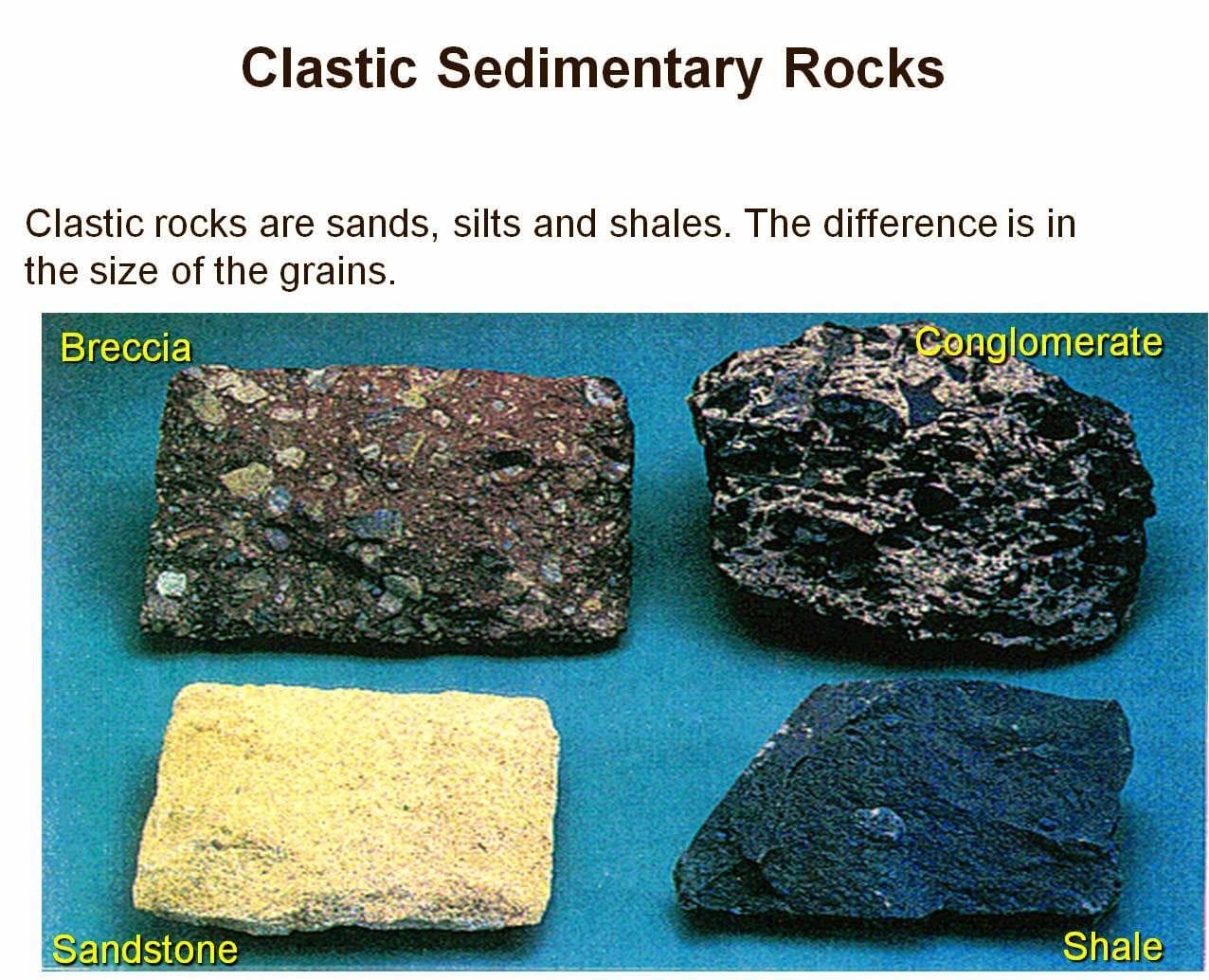
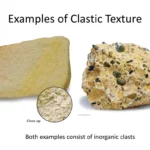
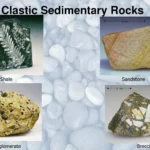
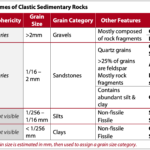
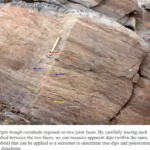

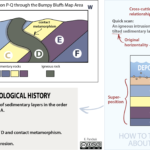










Comments are closed.